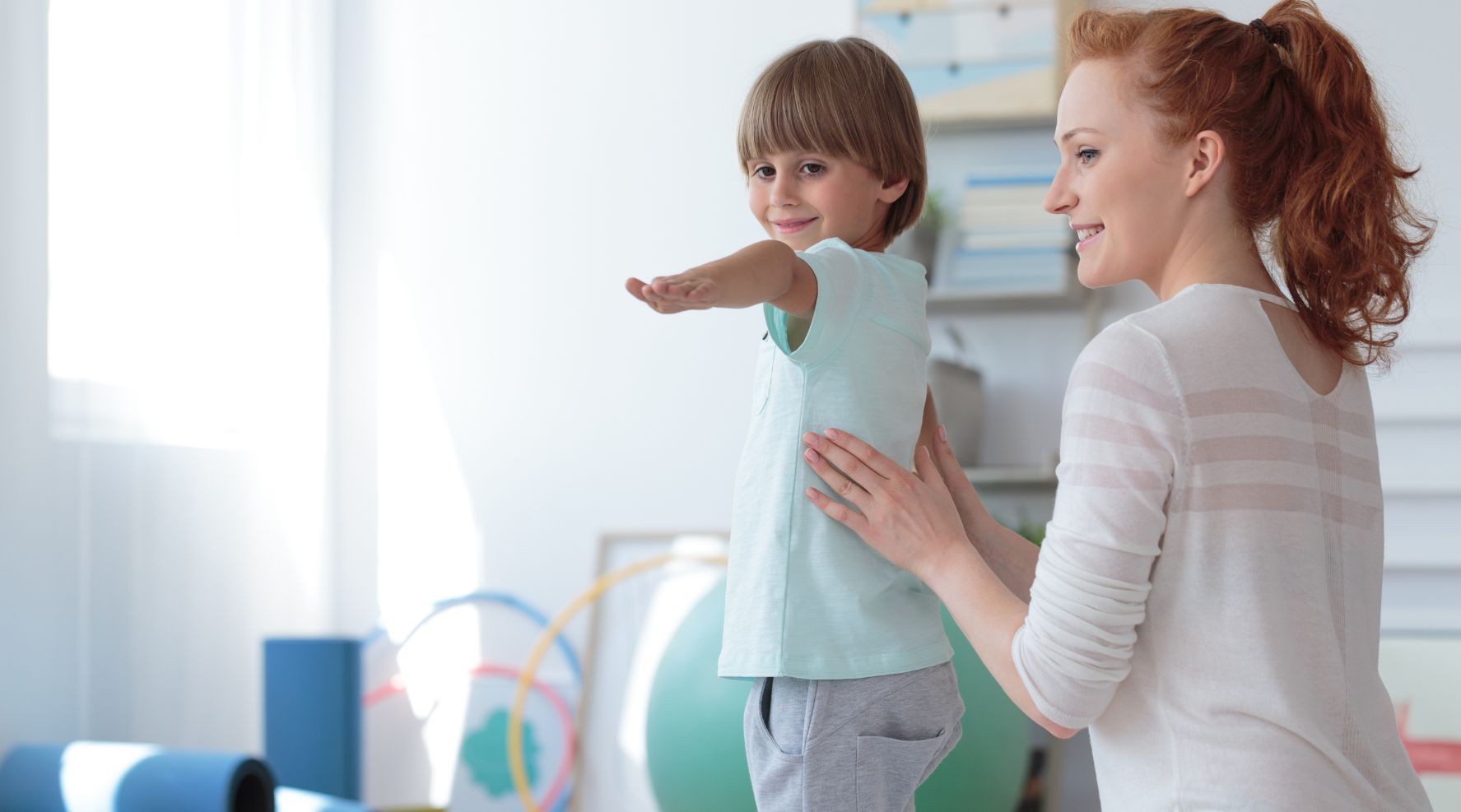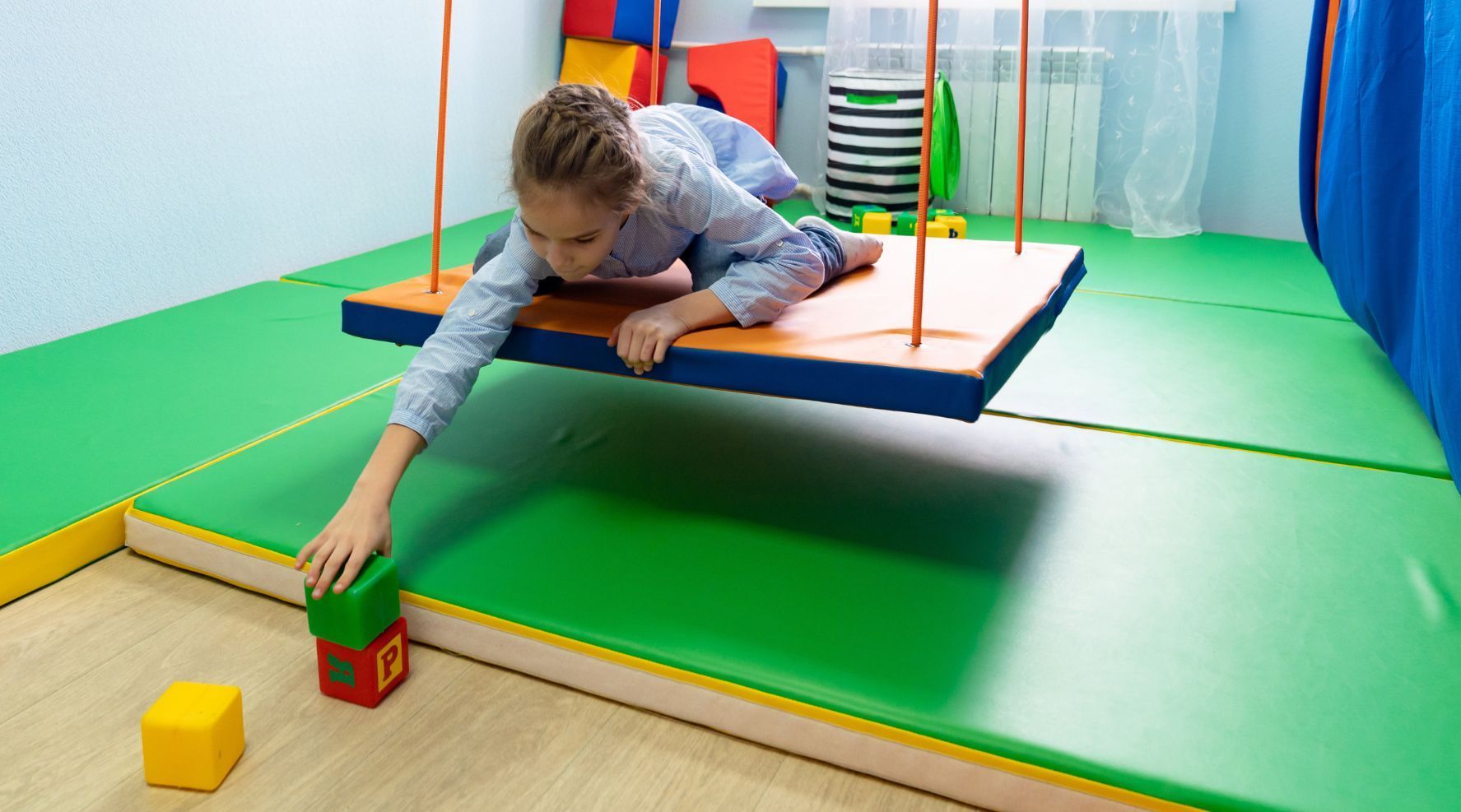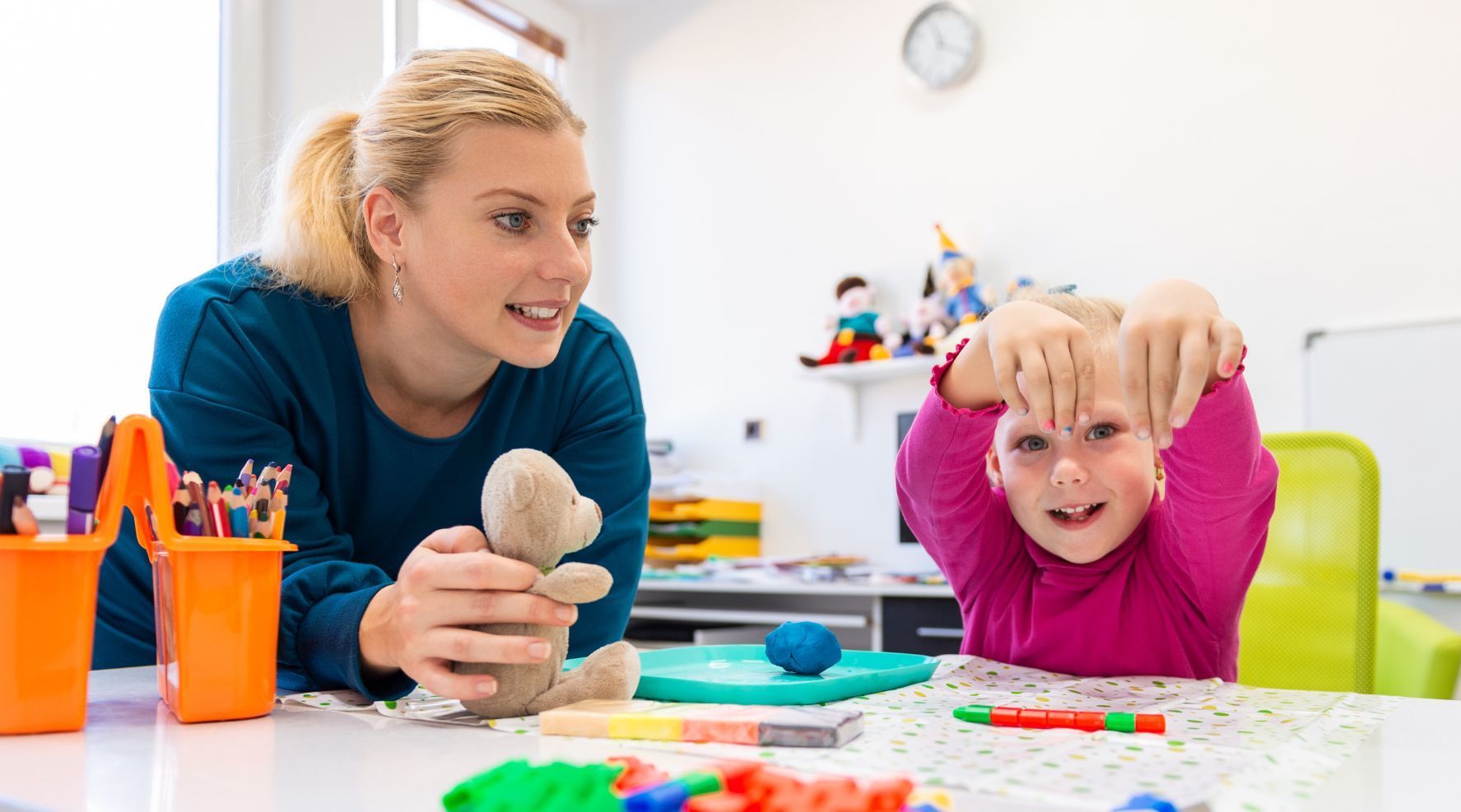Creating a Sensory Room at Home: Key Things To Consider
Parents of kids with sensory sensitivities instinctively respond to their child’s needs with patience, imagination, and ingenuity. This could include modifying the home environment. If there’s a room that can be devoted to a child’s sensory needs, parents can tailor it to serve their child in particular. When creating a sensory room at home, it’s important to consider sound, light, and safety.
Sound
Soothing music or ambient sounds, like ocean waves or running water, help some sensory-avoiding children calm down. Others may just crave quiet, and providing noise-canceling headphones or a space insulated against noise will help them calm themselves.
Sensory seekers might enjoy banging on a drum, pounding on a toy piano, or dancing to a playlist of their favorite songs.
Light
Many kids with sensory issues react strongly to bright light. A sensory room can contain fiber-optic lighting features, such as colored light strings or lava lamps. They can also include gently lit water features that kids can stare at for as long as they need in order to feel relief from over-stimulation.
Touch
Kids with tactile defensiveness can begin learning how to tolerate squishy, scratchy, or fuzzy textures with a sand table. Add a watering can to provide a chance to squish and play with texture.
Play clay, rice, beans, beads, buttons, shaving cream, and bits of fabric with different textures can offer fun play that provides a tactile experience. Keep in mind that only children who are beyond choking hazard dangers and who are not prone to putting everything in their mouths should be given these items.
Balance
Sensory rooms can include balance beams, exercise balls, or step features that challenge a child’s ability to balance. Use plenty of mats and padding in case of falls.
Swings give children the chance to experience how their bodies react when they feel unsteady. The repetitive motion of swings is soothing to many kids with sensory sensitivities.
Self-Perception and Muscle Control
Many autistic kids benefit from “deep pressure,” which they find soothing. Weighted blankets can provide relief without causing back troubles that can result from heavy school backpacks. Peapod chairs make a cozy “squeeze” place to lie back and read a book or listen to music. Monkey bars, climbing walls, ladders, and slides give kids a chance to work on coordination and build muscle strength.
Safety
Safety is a key thing to consider when creating a home sensory room. Sensory-seeking kids often literally bounce off the walls. They may jump, run, dance, or hug too hard. Their lack of perception about where their bodies are in space can cause them to try dangerous things like jumping from heights or socially awkward behaviors like getting too close to others.
Providing mats and crash pads in a sensory space is essential, as is other basic safety equipment like smoke detectors and fire exits. Make sure your child can get out of the room once they enter it.
Parents know their child’s needs best and can identify if their child is a sensory seeker, avoider, or some combination of the two. At Royalty Sensory Gyms, we can advise parents on what types of equipment they could include in a home sensory gym to best serve their child’s need for sensory play, for a break from overstimulation, or for just plain fun in a safe and beneficial environment.
Contact Royalty Sensory Gyms Today
Now's the time to start!
Contact Us
Thank you for contacting Royal Sensory Gyms.
We will get back to you as soon as possible.
Please try again later.
Hours of Operations
- Mon - Fri
- -
- Sat - Sun
- -
All Rights Reserved | Royal Sensory Gyms




